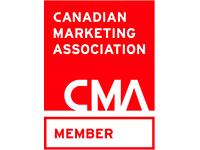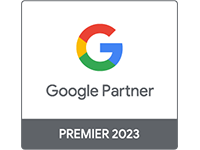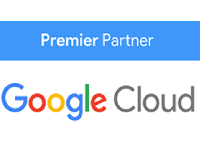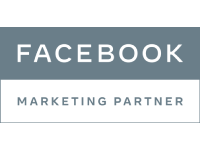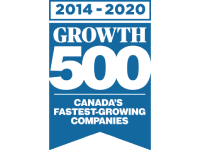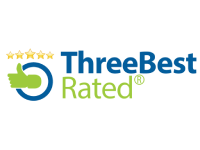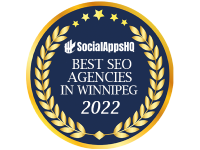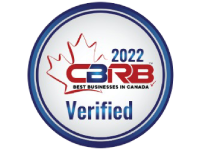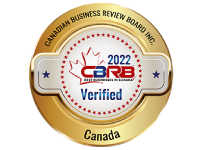1. Title Tag
The title tag is one of the first things our analysts will look at, having a good title tag for your website can play a major role in multiple ways. First of all, the title tag acts as a recommendation to Google for what they should show in their search results. Google does not always use this title tag in their search results, but in many cases they will. Furthermore Google will look at the title tag to learn more about a page and what they should rank it for, so it is always a good idea to try and fit a keyword in your title tag. It is important to not keyword stuff your title tag and make sure that it is relevant and accurate to the page that it is being used for. This ensures that you stay within Google’s guidelines.
* Extra Tip
Aside from just Google using your title tag it could also be used by other sites such as social media sites. Creating an enticing good quality title can not only increase your click through rate in Google’s organic results but can go much further by increasing your click through rate on social media. This can create a viral affect, if people are more likely to find your site through social media, they are also more likely to share it with their own friends/followers.

2. Optimized Link Structure
Our internal Toronto SEO team has found that having an optimized link structure is a huge indicator to Google what a page is about. An optimized link structure will usually contain the main keyword a specific page is targeting. Not having a target keyword, or using a poor link structure is a mistake that is often made by many web developers. Our team will in many cases have to spend hours fixing link structures and creating 301 redirects to not lose link juice. It is much better to create a site with an optimized link structure from the beginning because once a page starts ranking changing the structure can be a risky decision.
3. H1 Tags
We are starting to see less and less sites using h1 tags, instead a lot of developers will simply increase the font size. This is not a good practice as Google looks for header tags (h1, h2, h3.etc) as a guide for what the page is about. Your website should be using h1 tags, but you don’t want to overdo it or you risk being hit by Google’s Panda algorithm. The general rule of thumb is to stick with one h1 tag per page. This should be the main title/heading for your page. You can use h2 and h3 tags for subheadings.
4. Keyword Rich Content
Before working on the on page SEO for any website our team will do keyword research and embed those keywords in the content where it makes sense. It is very important to not overuse keywords. Our team does not use keyword ratios like some SEO companies because we always just try to create good readable content. We will embed keywords when we see the opportunity, but our rule of thumb is to never try to use keywords if it make the content seem unnatural.
5. Multimedia
For most people multimedia will almost always make a page better, opening a site that just has a block of content is never an enjoyable experience. Having pictures or video makes it a better user experience and is also a positive sign for Google. Pages with multimedia are simply better in every way as long as the multimedia is relevant and makes sense.
6. Long Content
Having long rich content is especially important today. Generally our team does not recommend having under 500 words of content on any single page, but there is no limit to the amount of words you can have on your page. As long as your content adds to the users experience and provides good information it can never be too short.
7. Responsive Design
A responsive design is very important in today’s world. More than half of all Google searches today happen on Mobile and Google will not rank your website in mobile search results if it is not responsive. You can use Google’s Mobile Friendly test to test how mobile friendly your site is. The fact that Google created this test is a clear indicator that mobile is important to them.

8. Call to Action
Having a call to action on your site will not necessarily increase your Google ranking but at BreezeMaxWeb our SEO team is looking to not only optimize websites for Google but for users as well. We believe that Google’s algorithm is continually getting stronger and by creating a good user experience we are preparing for the future of SEO. Having call to actions and guiding the user through your site creates a good experience and ultimately more conversions for you as well.
9. Alt Tags/Filenames
Without alt tags and good filenames Google will have no idea what your images are about. It’s important to name your images properly and use descriptive alt tags.
10. Social Media
Social signals might not necessarily directly improve your rankings but making it easy for people to share your content online is never a bad things. Having your content shared on social media can also create an additional backlink, and having more people read your content improves the chances that they might talk about it on their own site and link back to you.
11. Fast Load Time
Having fast load time is incredibly important not just for conversions but for rankings as well. We know that Google looks at pagespeed when judging how high to rank a site. It seems like pagespeed is not a huge factor today but Google has been putting a lot of emphasis on it and even creating their own tools to help you improve it. Pagespeed is even more important for mobile connections that might be on a slow network or if your target audience lives in countries that have slower internet. It is never a bad thing to have a fast loading page.
Hopefully this blog post helped you understand on-page SEO a bit better and all the different factors that go into it. We could write all day about on-page SEO because it is such an expansive topic and there are so many little details associated with it. If you have any questions feel free to ask them below and if your interested in learning more about our professional SEO services feel free to book your free consultation with one of our media consultants.


